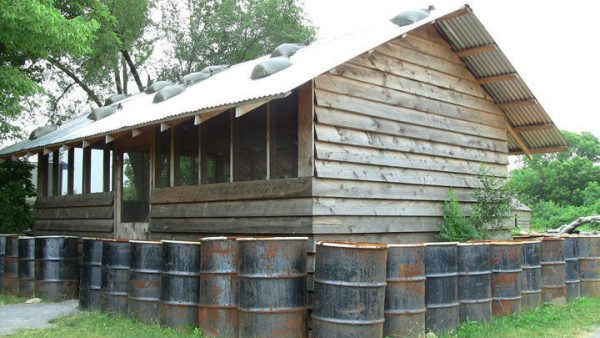This audio is an oral history interview conducted by The Army Heritage Center Foundation to preserve the memories of Soldiers’ and their Families, honor their service, and help educate the American public about the Army’s and its Soldiers’ contributions to the Nation.
“You could hear, on occasion, not very often, you could hear the B-52s. When they dropped the bombs you wouldn’t hear the airplanes, but you’d hear the whump when the bombs went off. You were always aware of where you were.”
Keith Marston – US Army, Silver Spring Township

Keith Marston reports that the reproduction hooch on the Army Heritage Trail matches his hooch in Vietnam, except they had sandbags around the sides instead of 55 gallon drums full of sand.
The living conditions were typical. “We lived in what we called hooches, six of us to each one. Plywood about 4 feet up the sides, then screens, a door at each end, and a tin roof. Surrounding them were piles and piles of sandbags. Between every other hooch was half of a corrugated steel pipe, and that was where you went if there was a mortar attack or that kind of thing. We had a mess hall I’d put up against anybody. It was really good. The only time we had anything other than that … was when we had guard duty, we had c-rations. Some of them weren’t as bad as what a lot of people think.”
Though he was tasked with repairing communications equipment, guard duty was inevitable.
“We’d go out on the perimeter. We had a guard tower with sandbags around it. There was a lower level with a bunk. There’d be two of you on guard, one would go down and rest and the other would stay on guard. You had a Starlight (night vision) scope you could see with, it made everything look green. I didn’t do guard duty a lot, a few nights. On the south side there was a Seabee battalion, so we only had a three external perimeter sides. Of course when the helicopters would come in at night and land, they had big spotlights so that just destroyed your night vision.”
(Read more stories from this veteran and others at: Voices of Service)

